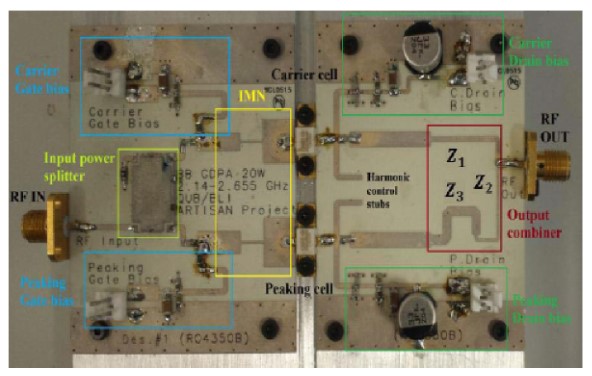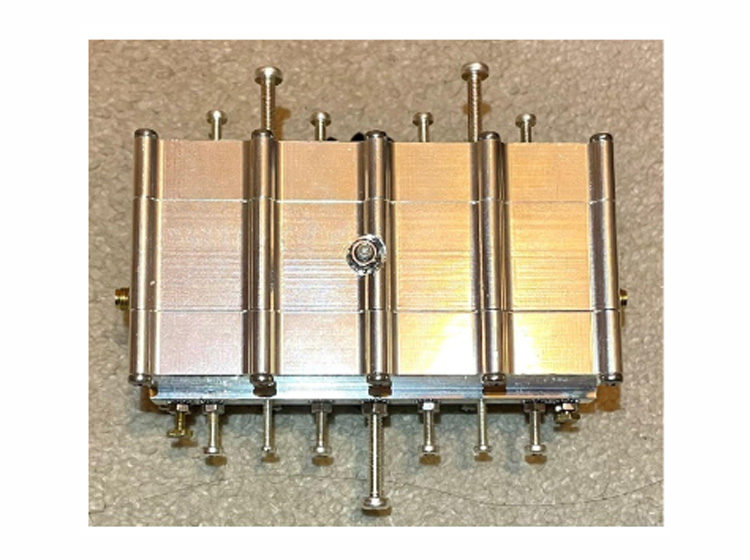Phase shifters are omnipresent in telecommunications. They are important components for many applications, such as, radar, smart antennas, and measurement systems. Therefore, considerable efforts have been dedicated to the design and characterization of various circuit topologies capable of providing phase variation. Various factors influence phase shifter design. They can be clustered into two relatively loosely independent groups: the first group are circuit-topology related, for example, the amount of obtainable phase shift, insertion loss, bandwidth, etc., whereas the second group are technology related: miniaturization, integration with other components and power handling, to name a few. However, with the advance of technology, the borderline between these two groups has become less pronounced and, therefore, the selection of the phase shifter depends entirely on application requirements. The reflection type phase shifter (RTPS) was mainly intended for use in airborne applications as a replacement for bulky and impractical ferrite phase shifters. However, the use of a single varactor diode as the loading element in the circulator circuit provided a low value of the phase shift (lower than 180o). Technology development led to the replacement of heavy ferrite-based circulators with 3-dB couplers. This resulted in an increase of the number of varactor diodes from 1 to 2 (one diode per reflective load), however, the overall weight of the RTPS formed in this way was significantly reduced. By resonating the varactor diode with an inductor, the amount of phase shift was tremendously increased (up to 180o), however, that came at the cost of bandwidth reduction and increase in insertion losses. Through the integration of two series inductor-resonated varactor diodes connected in parallel, one was able to achieve a 360o. In this configuration each reflective load of a 3-dB coupler is connected to a parallel connection of two series varactor-inductor circuits, yielding the total number of varactor diodes used for a 360o RTPS to 4.
I have significant expertise in the design of all type of phase shifters, from very low frequencies all the way up to mm-wave frequencies.


Fig. 1 Practical hybrid varactor-PIN diode phase shifter (a) and its circuit diagram (b)



Leave a Reply